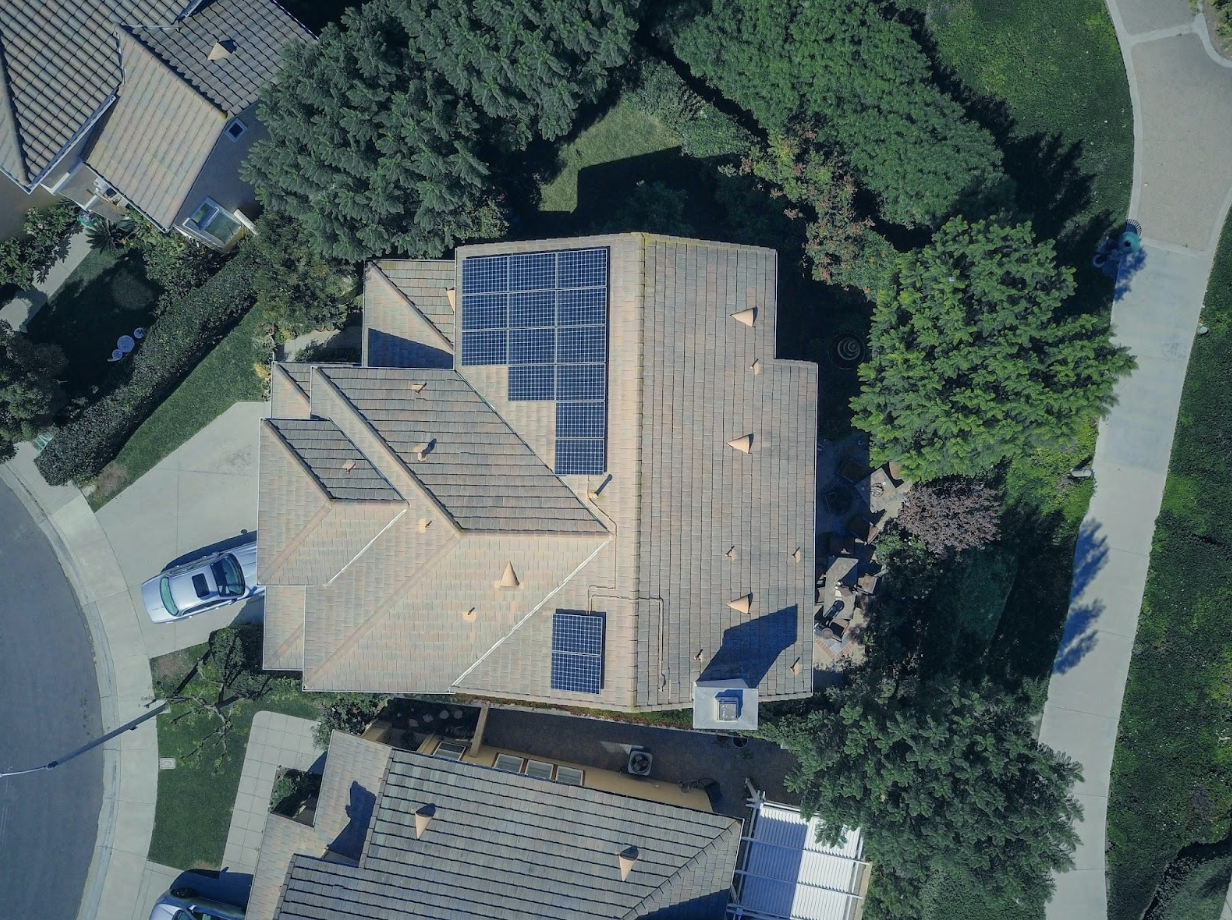Choose the Right Roofing Option for Your Needs With This Guide

Your roof is one of the most critical components of your home. It protects your interior from the elements, contributes to energy efficiency, and plays a major role in your property’s curb appeal. With so many roofing materials and systems available today, choosing the best option for your home can feel overwhelming. The right choice depends on several factors: your local climate, aesthetic preferences, long-term maintenance expectations, and, of course, your budget.
Whether you're replacing an aging roof or building a new home, making an informed decision can save you money and stress in the years ahead.
Exploring Modern Roofing Trends and Regional Options
As roofing technology evolves, homeowners have more durable and energy-efficient choices than ever before. While traditional asphalt shingles remain popular, metal, clay tile, and synthetic materials are gaining attention for their longevity and visual appeal.
Choosing the right material often begins with understanding your region’s weather patterns and building codes. Consider Alpharetta home metal roofing options or similar products if you live in an area with extreme heat or strong storms. Metal roofs reflect sunlight, reduce cooling costs, and resist damage from wind and hail. Their growing popularity in suburban areas like Alpharetta reflects a shift toward sustainable and low-maintenance solutions.
Other options, such as composite shingles or polymer-modified asphalt, offer resistance to algae growth and UV degradation, key considerations in humid or coastal zones.
Asphalt Shingles
Asphalt shingles are the go-to choice for many homeowners due to their affordability and ease of installation. They come in a wide range of colors and styles, and most last between 15 and 30 years, depending on quality and environmental exposure.
For homes in mild to moderate climates, asphalt offers a great balance of protection and visual appeal. They’re less resistant to high winds and extreme heat compared to metal or tile options. Routine inspections and minor repairs can help extend their lifespan, but homeowners should budget for eventual replacement in the long term.
Metal Roofing
Metal roofs are often associated with commercial or rural structures, but recent design innovations have made them a sleek and attractive option for modern homes. Available in standing seam panels, corrugated sheets, or even metal shingles, these systems can last 40 to 70 years or more.
Their reflective surface improves energy efficiency by reducing heat absorption. Metal is fire-resistant and often made from recyclable materials, appealing to eco-conscious homeowners. Although the upfront cost is higher, the durability and minimal maintenance requirements can make it a cost-effective investment.
Tile Roofing
Clay and concrete tile roofs bring a classic Mediterranean or Southwestern look to a home. Beyond their distinctive aesthetic, tile roofs are known for their strength, fire resistance, and impressive longevity, often exceeding 50 years with proper care.
Tiles are heavy and may require reinforced structural support. Installation is more complex and costly than other materials. Still, in regions prone to heat and sun, tile roofs perform exceptionally well by keeping indoor temperatures more stable.
Wood Shakes and Shingles
For homeowners who want a rustic or traditional appearance, wood shingles and shakes provide a warm, natural texture. Cedar is a popular material, valued for its resistance to insects and decay.
Wood roofs can last up to 30 years if properly maintained, but they require more upkeep than synthetic options. They’re less fire-resistant unless specially treated. Local building codes may restrict wood roofing in fire-prone areas, so always check regulations before choosing this style.
Synthetic Roofing Materials: Innovation Meets Aesthetics
In recent years, synthetic roofing materials made from rubber, plastic, or polymer blends have entered the market. These mimic the look of wood, slate, or tile but come with the benefit of being lighter, more flexible, and often more durable.
Synthetic options resist cracking, warping, and fading. They’re typically easier to install than natural materials and may come with extended warranties. While relatively new, these products are gaining traction for their blend of style and function.
Flat Roofing for Modern and Low-Slope Homes
Flat and low-slope roofing systems are often used on modern home designs or additions. Common materials include modified bitumen, TPO (thermoplastic polyolefin), and EPDM (ethylene propylene diene terpolymer) rubber.
These roofs are cost-effective and allow for rooftop amenities like patios or solar panels. Flat roofs require precise installation and regular maintenance to prevent pooling water and leaks.
Choosing the right roofing system comes down to balancing aesthetics, durability, climate compatibility, and cost. Whether you prefer the classic look of shingles or the sleek, modern appeal of metal, understanding your options allows you to make a decision that adds long-term value to your home.
Don’t just focus on looks, think about what the roof needs to endure year after year. With the right material, proper installation, and a proactive maintenance plan, your new roof will serve you well for decades to come.






